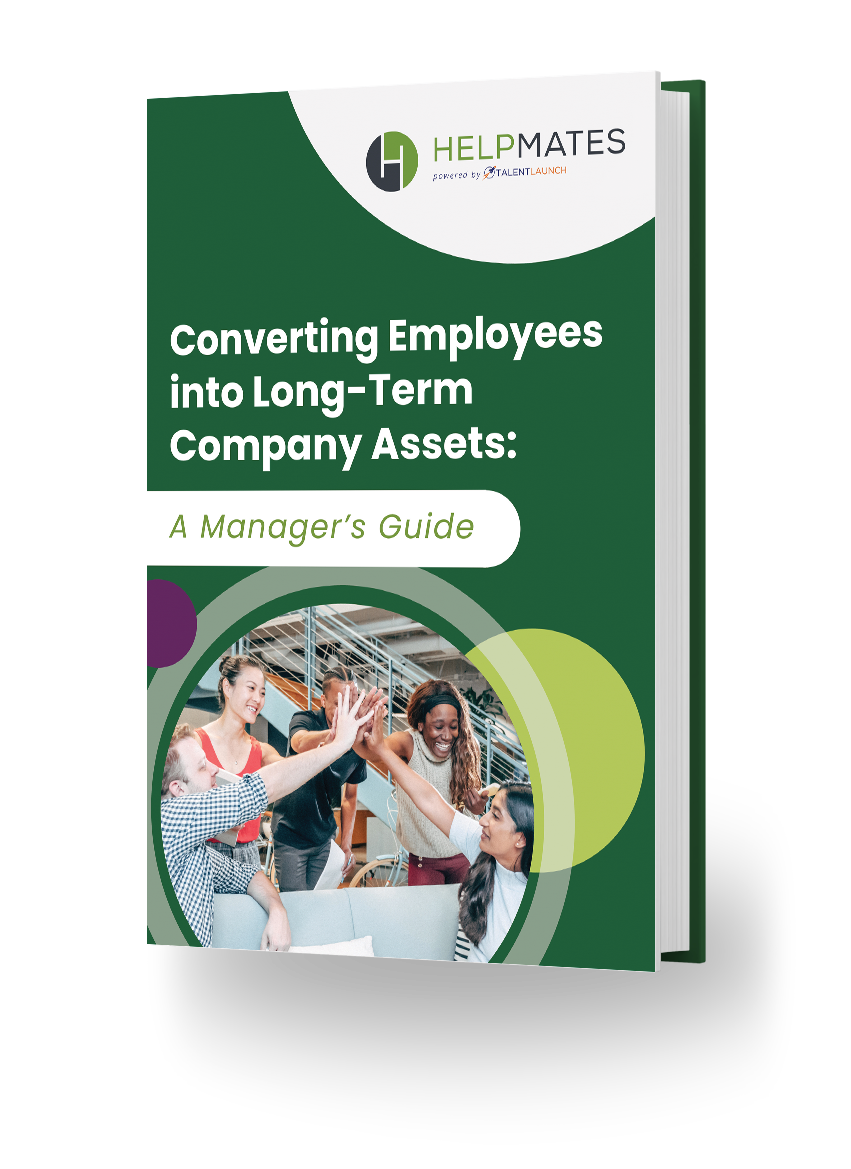Texting is becoming ever more critical in the recruitment process. It’s a great way to contact job candidates quickly to deliver short messages. This post will take a look at how texting is being used and offer some advice on recruitment texting best practices.
Because texting is a more informal, casual way of communicating, it’s all too easy to wander off course, and the message you want to convey gets lost in the banter. And, while the easy back and forth of texting can help to establish a rapport with a candidate, it may also wander into territory that is a little too familiar and personal or contain language that is suggestive. And this in turn opens the door to possible misunderstandings and animosity.
To avoid this, it is important to establish guidelines for texting with candidates. Take a look below for some to consider. (Additional recruiting texting tips can be found here.)
- Maintain Your Professionalism
This is important to protect your own reputation and gain the respect and attention of the job candidate. Doing this means being a little more formal in your texting than you ordinarily would. For example, use complete sentence, and make sure your grammar and punctuation are correct. Watch your spelling. Avoid using emojis.
Stick to the business at hand – recruiting – and avoid any messages of a personal nature, even if the candidate decides to share some personal information.
- Keep It Short
Texting is not the best medium to use for longer messages. It is best used for messages such as setting up or confirming appointments. If you need to have a longer conversation with a candidate, send the person a text asking them to call you or tell the person in the text that you will correspond through email.
- Include Identification with Every Text
Again, this is just another way of maintaining professionalism. It also lets the candidate know clearly who sent the text because the candidate may be dealing with more than one recruiter. Each text you send should include your name, title and company.
- Send Texts Only at Certain Times of the Day
First of all, you should only send texts during business hours. However, if the candidate sends a text that requires a response after business hours, it is certainly acceptable to respond.
The best time to send a text is in the morning, between 9 am and noon.
- What Not to Text
There are two things you should never do by text: one is offering a person a job and the other is telling them they didn’t get the job. These transactions are too important to leave to texting and demand more formal lines of communication.
If you text a job candidate and get no response, stop doing it and communicate through other means. It’s important to remember in this context that many people do not find texting an appropriate way to communicate job-related information. In a recent survey, about one-third of those responding believed texting to be unprofessional, while only one-third thought it appropriate. The survey included all age groups.
- Using Texting with Applicant Tracking Systems (ATS)
Some recruiting experts recommend using ATS that have a built-in texting function. It helps recruiters follow the best texting practices mentioned above, as well as storing a history of all conversations recruiters have with candidates, either by text, phone or email. An ATS also enables recruiters to text on any type of device.
If you’re looking for workers for your temporary, temp-to-hire and direct-hire opportunities, contact the Helpmates branch office nearest you. We look forward to hearing from you!







